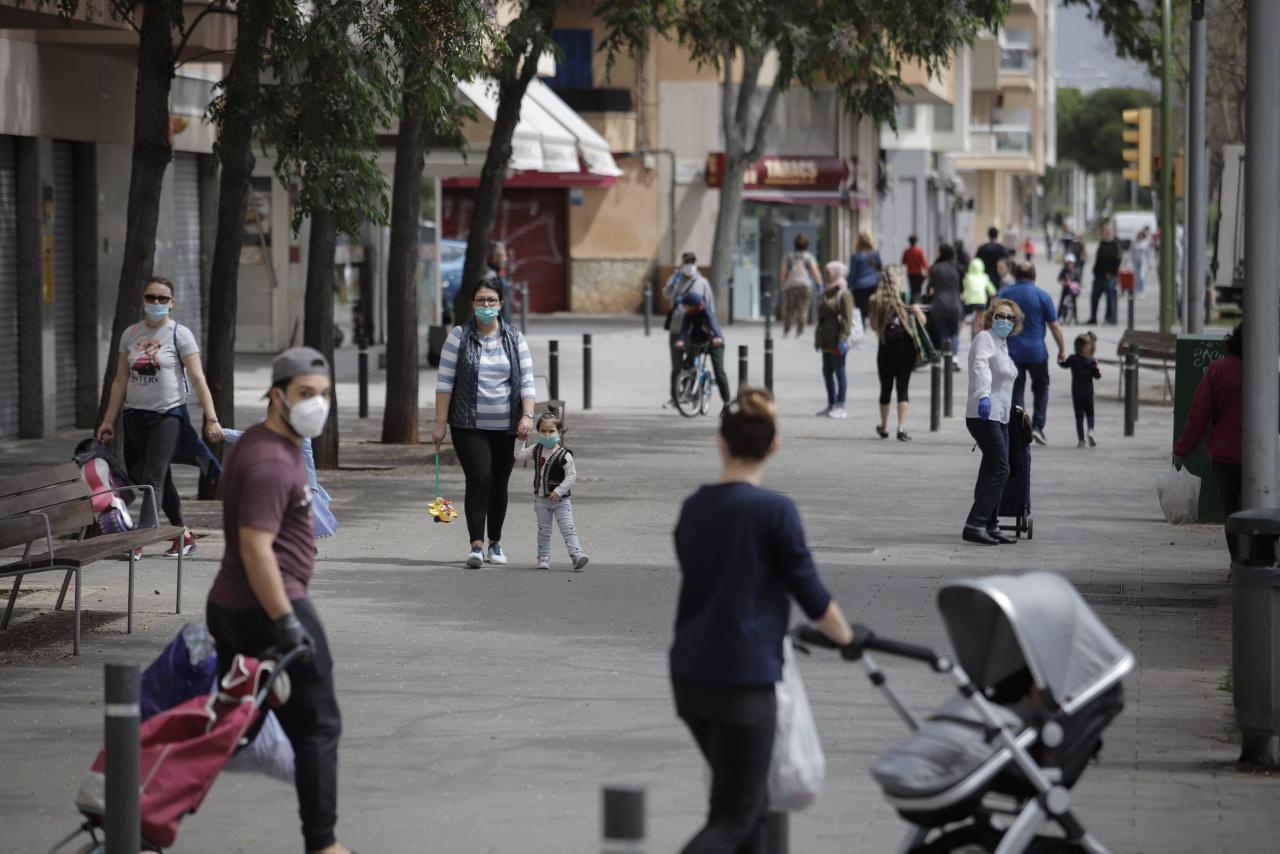The number of jobs lost in the first quarter (a different indicator to the number of people unemployed) was 67,100, a fall of 11.7%. By comparison with the first quarter of 2019, the decrease was more modest - 13,100 (down 2.5%).
The National Statistics Institute (INE), which publishes the Labour Force Survey, notes that the impact of the coronavirus crisis only started to manifest itself in week eleven of the quarter, which was the week leading up to the declaration of the state of alarm.
The INE explains that certain aspects of the survey were not influenced, e.g. the decline in employment does not include employees who were affected by ERTE, as they are considered to be employed if the suspension of work is three months or less. The institute also points out that it is likely that many workers who lost their jobs have been classified as inactive because they did not meet the employment search criteria that are defined by the survey - the Labour Force Survey in Spanish is Encuesta de Población Activa (Survey of the Active Population).
Separate to the INE's explanation, it should also be noted that the Labour Force Survey does differ to a degree to the monthly unemployment statistics.
Meanwhile, on a business front, figures from social security indicate that in March there was a loss of 3,696 businesses in the Balearics compared with March 2019. This represented a decrease of almost nine per cent to 39,223. In the services sector alone there was a fall of 2,838 to 30,379.


No comments
To be able to write a comment, you have to be registered and logged in
Currently there are no comments.